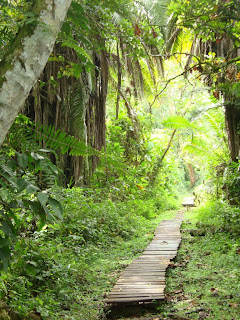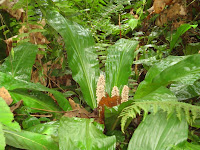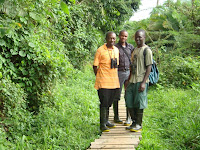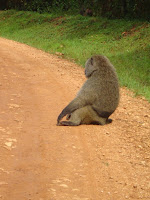Ishasha Ntungwe River Camp is located in the Southern end of Queen Elizabeth National Park which is famous for the rear tree climbing lions. To reach this gem of a camp you enter the southern gate and drive 75 KMs on a motorable dirt road. The camp was designed by the proprietor Allan with eco-friendly materials and uses solar energy for cooking, lighting and boiling bath water.
We left Kibale National Park at 4 PM and arrived in Queen Elizabeth National Park at 6 PM. We then detoured to Simba Safari Camp to get journalists who were covering our trip and finally arrived at Ishasha Ntungwe River Camp at 10 PM. Enroute we encountered assorted mammals like Elephants, Wildebeest, Warthogs and Uganda Knobs, to mention but a few, and were careful to avoid knocking a viper crossing the road. We approached the camp through a dirt road with dumb surroundings that lowered our hope for a successful lion-hunt.

Our day of mishaps began with all of arriving late for breakfast. We had an 8:30am departure to see the lions; unfortunately, we were an hour behind schedule and to top it off, the vehicle ran out of diesel! The driver ran to buy the fuel and returned with petrol. As he poured it in the tank, I asked, “why that diesel was pink?”- mishap number four! He immediately stopped pouring and we then sent someone else to get the diesel while we emptied the fuel tank; not exactly an easy task, might I add! When we finally left, we had lost two hours.




